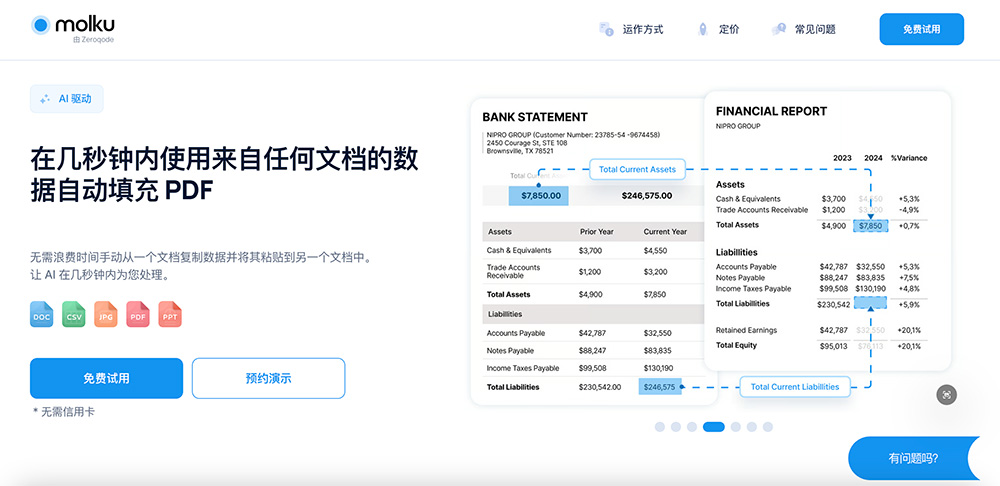
Python基数排序是一种非比较整数排序算法,其原理是将整数按位数切割成不同的数字,然后按每个位数分别比较。下面web建站小编给大家简单介绍一下具体代码!
Python代码实现基数排序算法
def countingSort(array, place):
size = len(array)
output = [0] * size
count = [0] * 10
for i in range(0, size):
index = array[i] // place
count[index % 10] += 1
for i in range(1, 10):
count[i] += count[i - 1]
i = size - 1
while i >= 0:
index = array[i] // place
output[count[index % 10] - 1] = array[i]
count[index % 10] -= 1
i -= 1
for i in range(0, size):
array[i] = output[i]
def radixSort(array):
# Get maximum element
max_element = max(array)
place = 1
while max_element // place > 0:
countingSort(array, place)
place *= 10
data = [121, 432, 564, 23, 1, 45, 788]
radixSort(data)
print(data)
python中pip出现"ParseException(s, l, str(ve))"的错误解决方法
上面是“如何利用Python代码实现基数排序算法”的全面内容,想了解更多关于 前端知识 内容,请继续关注web建站教程。
当前网址:https://m.ipkd.cn/webs_14094.html
声明:本站提供的所有资源部分来自互联网,如果有侵犯您的版权或其他权益,请发送到邮箱:admin@ipkd.cn,我们会在看到邮件的第一时间内为您处理!

 如何利用golang语言编写一个转码服务
如何利用golang语言编写一个转码服务 css3动画loading效果
css3动画loading效果 一款适合6·1儿童节使用的可爱手绘风格字体——猫啃什锦黑
一款适合6·1儿童节使用的可爱手绘风格字体——猫啃什锦黑 Molku Ai:支持从PDF、Excel、Word、PowerPoint甚至带有手写内容中提取数据
Molku Ai:支持从PDF、Excel、Word、PowerPoint甚至带有手写内容中提取数据